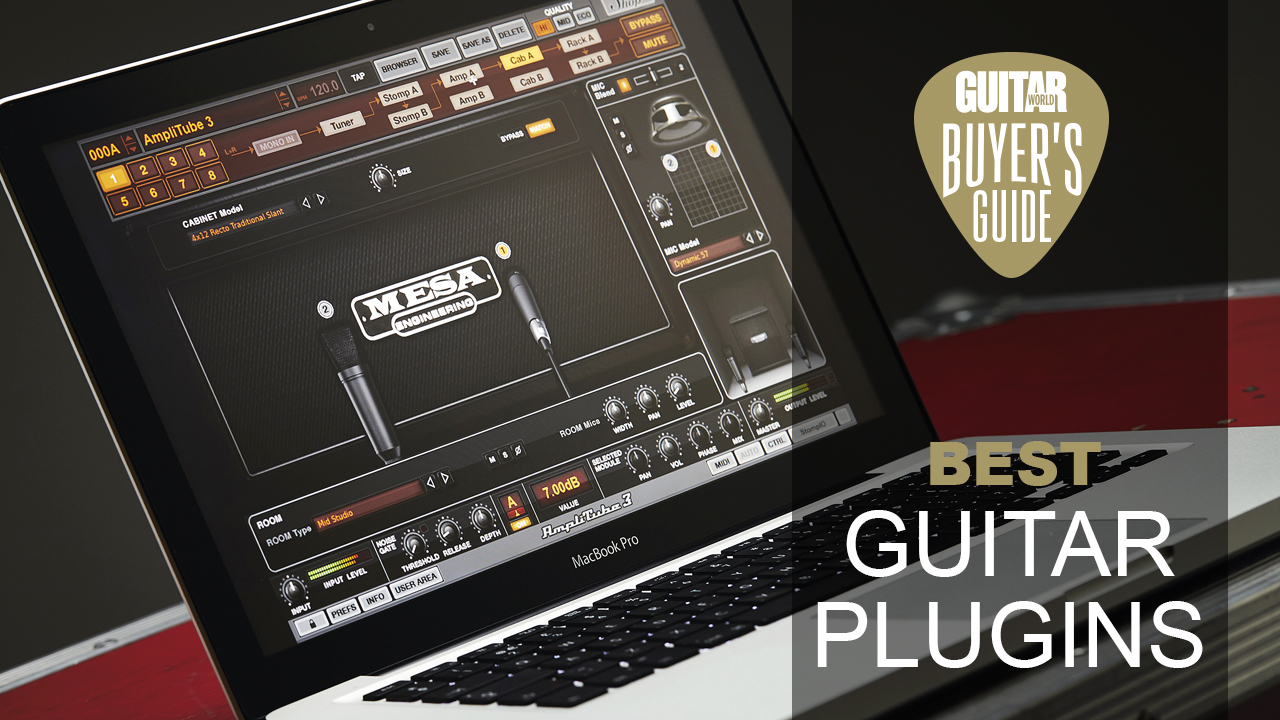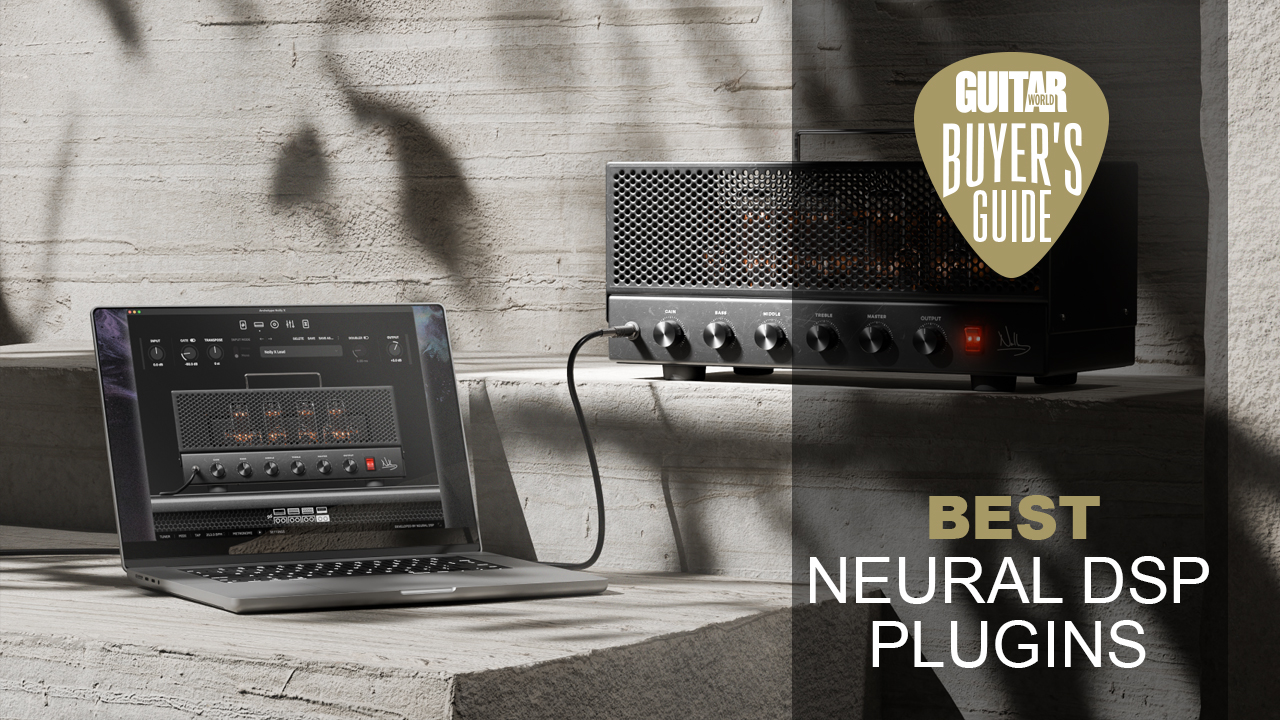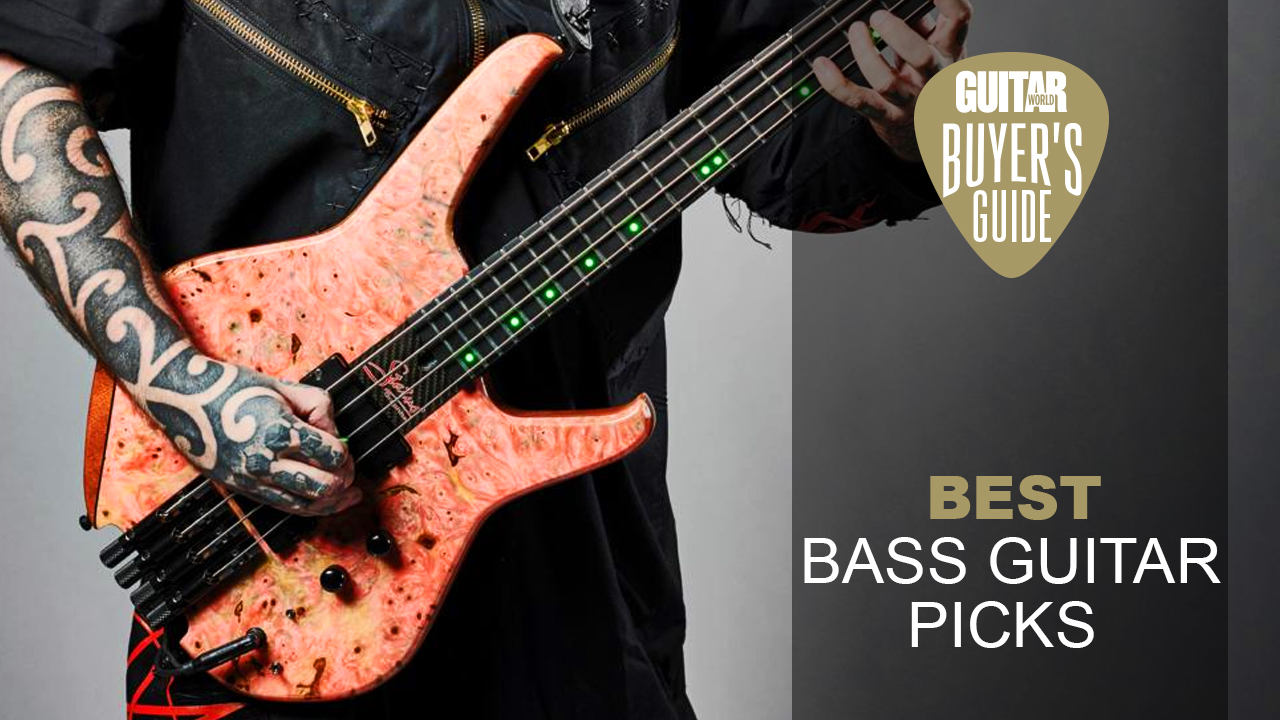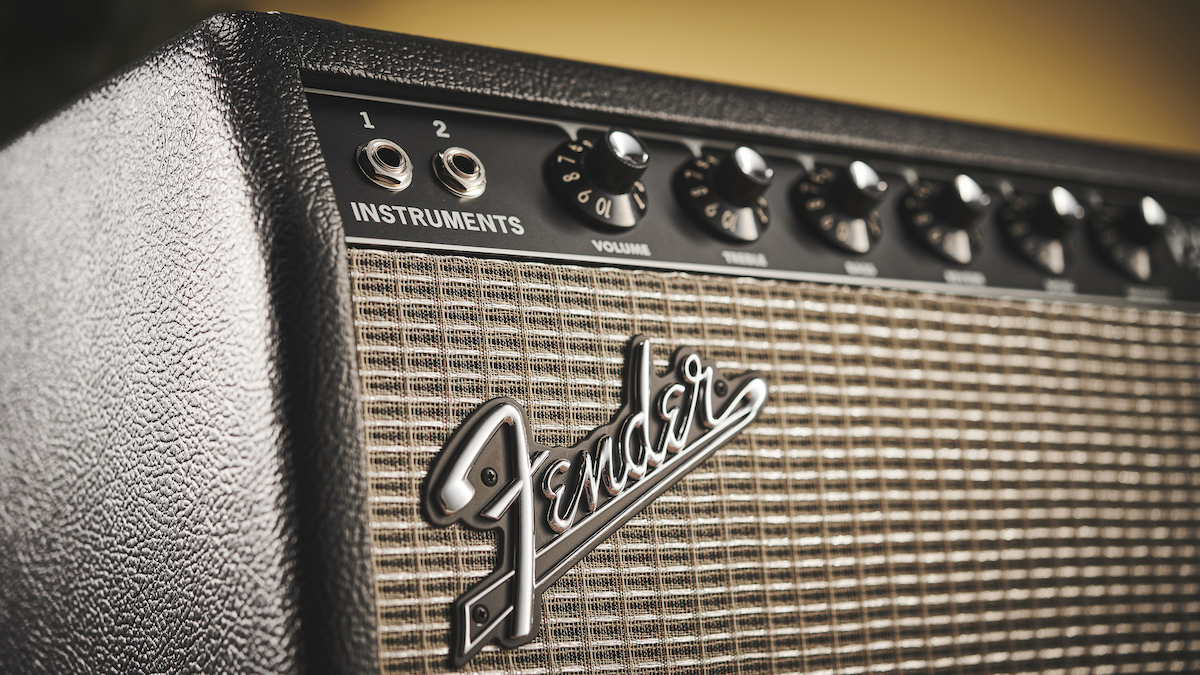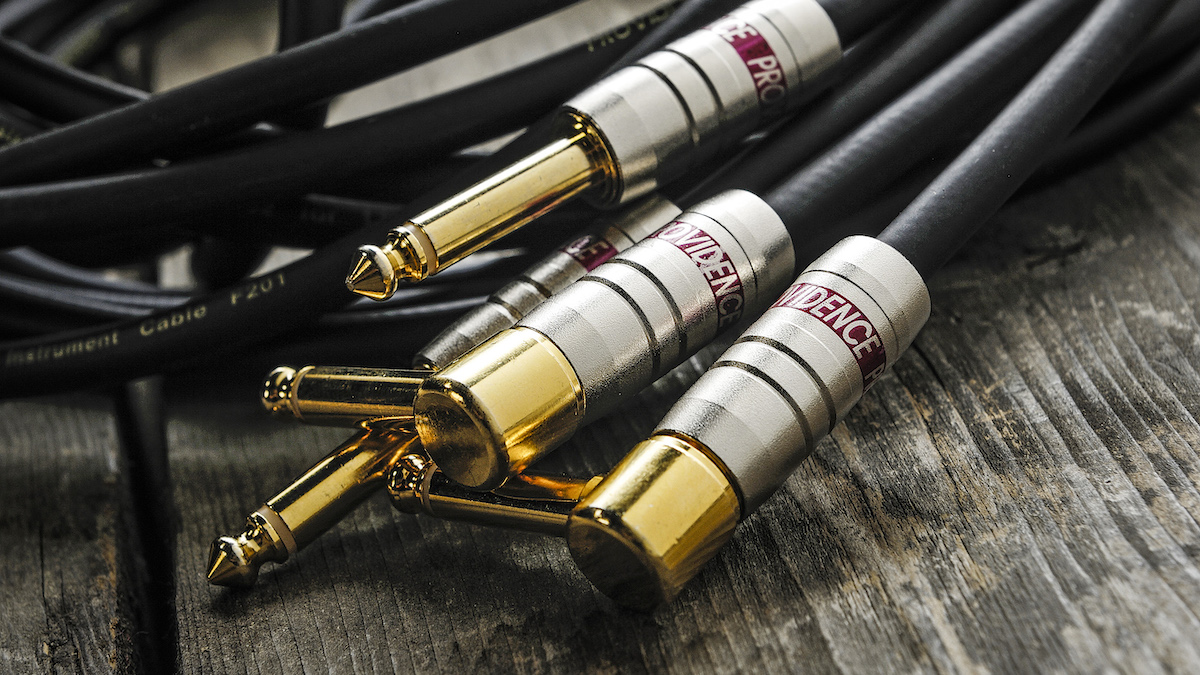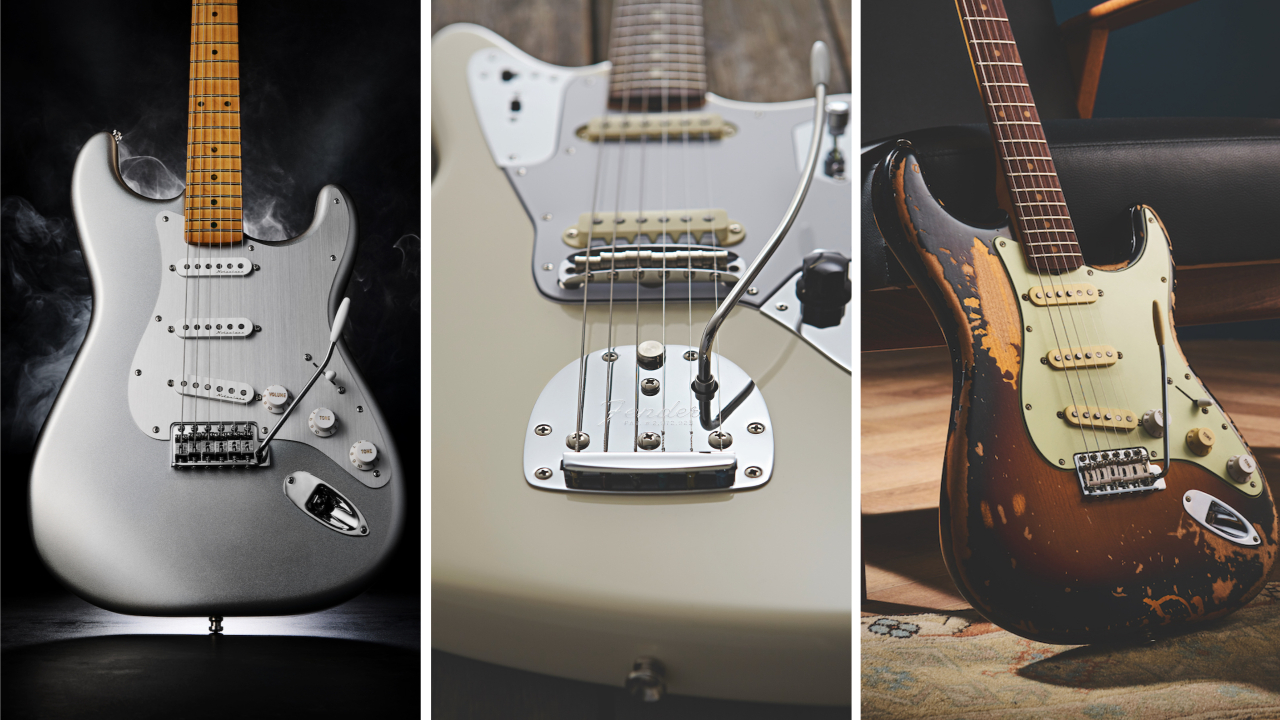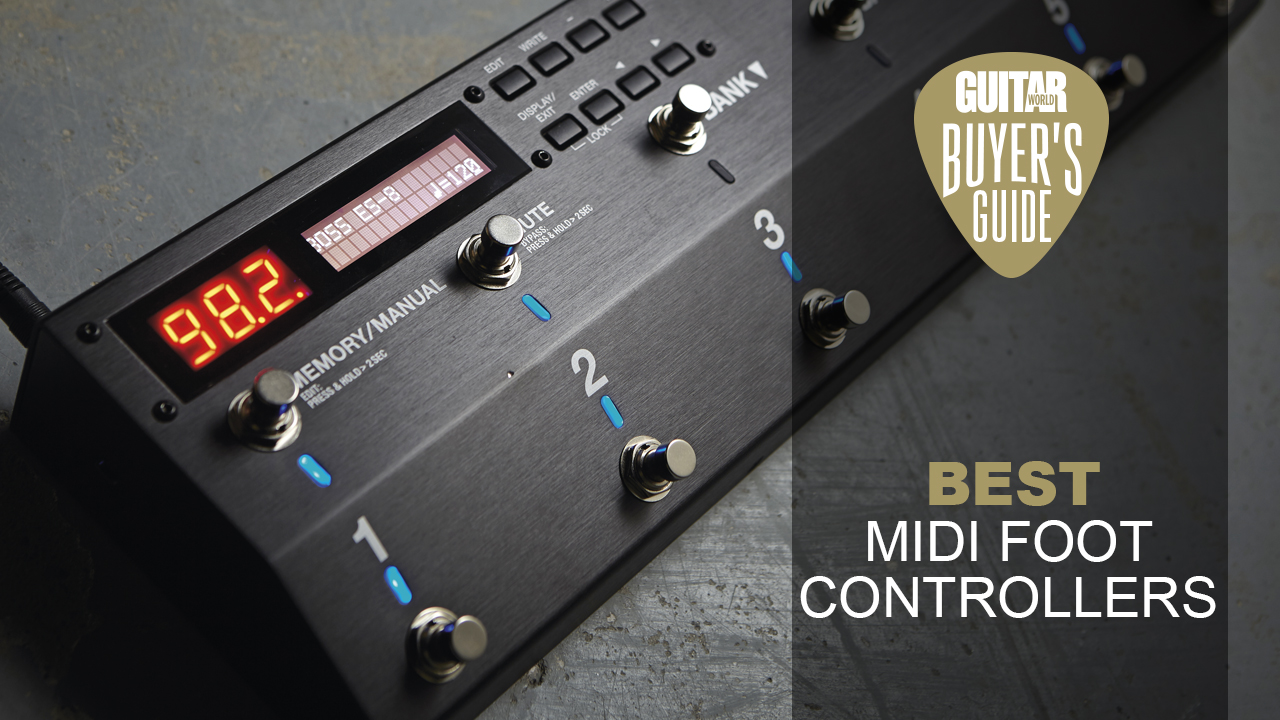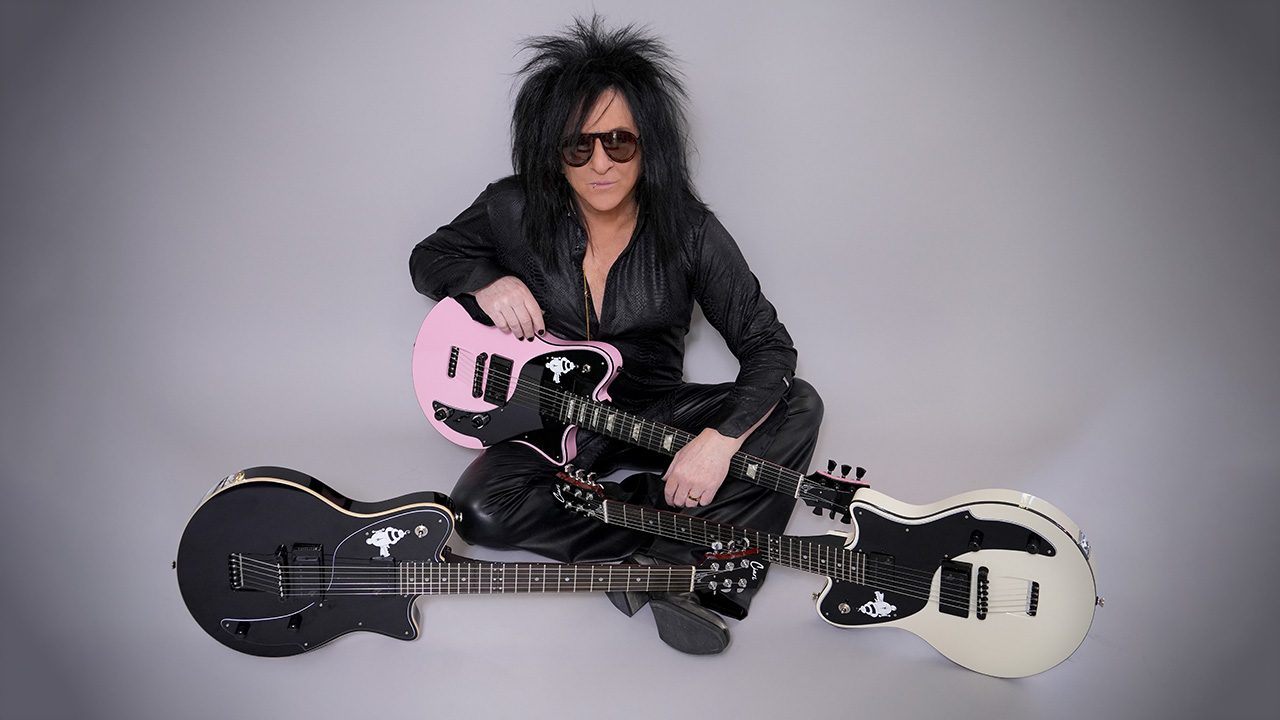Best octave pedals 2025: fast track your way to fat guitar tone with these powerful pedalboard additions
Make your riffs slap harder and solos fly higher with our expert selection of the best octave pedals you can buy today
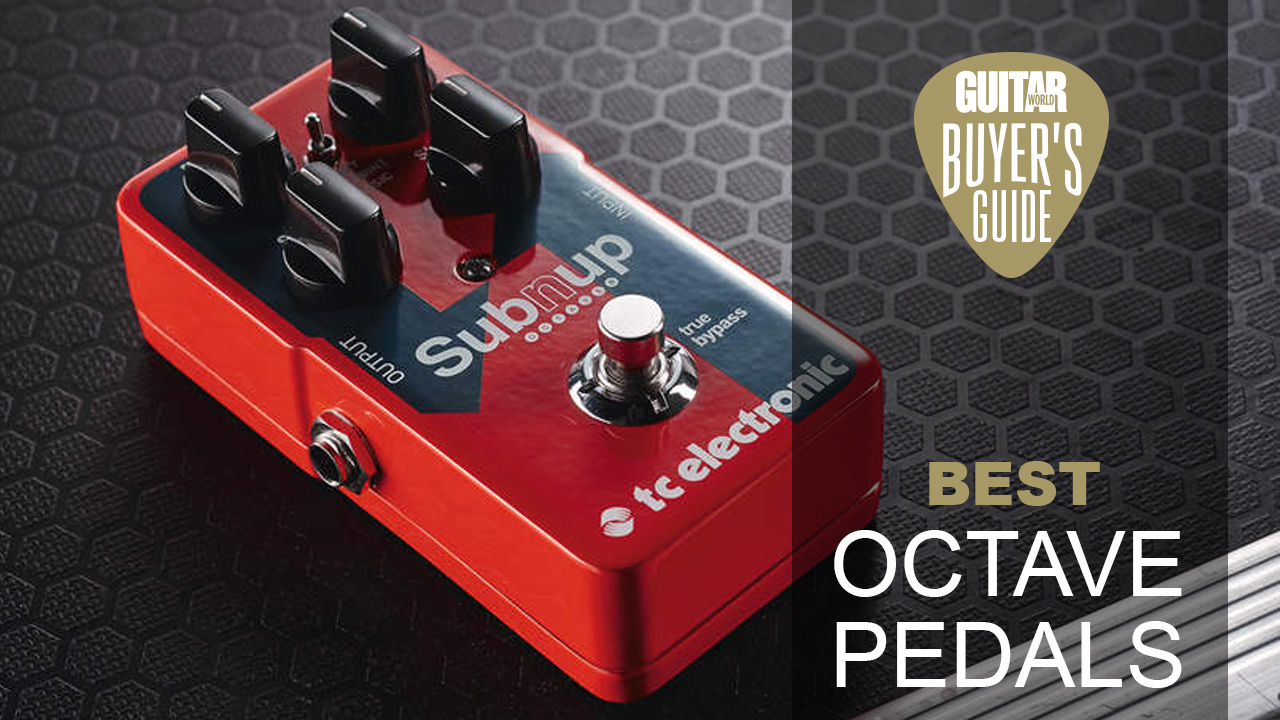
Many would argue a pedalboard isn't complete until there's an octave pedal or pitch shifter pedal on it. It's probably no surprise that we're in that camp. If you don't want the expressive potential of a pitch shifter, then an octave pedal is perfect for extending the range of your instrument, changing its timbre and adding extra interest at key moments in songs.
Although there's a bit of crossover between octave pedals and pitch-shifting pedals, the list of users is immense. The advent of digital units saw pioneering users like Tom Morello, Johnny Greenwood and Matt Bellamy define their sound with them. In recent years they've been key to the sound of stadium-fillers like Royal Blood and The White Stripes, all the way down to underground math-rock bands like Cleft, Giraffes? Giraffes! and And So I Watch You From Afar.
Unless you're a dyed-in-the-wool traditionalist, you'll find a great use for an octave pedal. After all, analog octave pedals were used to excellent lysergic effect by Hendrix and Page, and even the Digitech Whammy, the modern pitch-shifting, harmonizing, octave workhorse, is nearly forty years old.
Our top picks
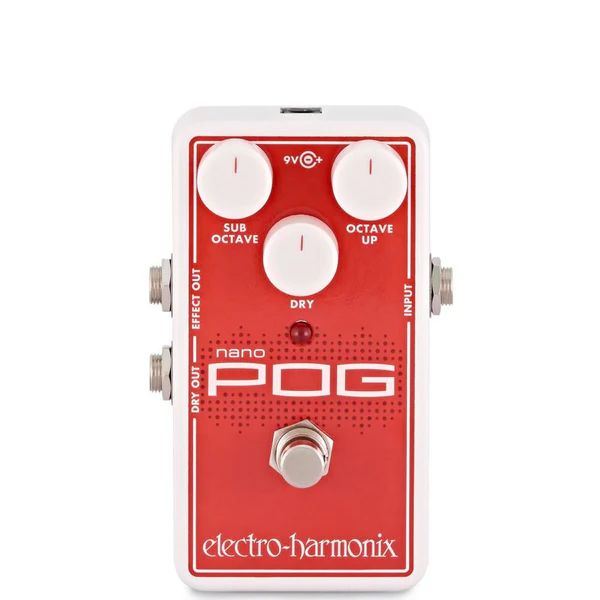
We debated long and hard about which pedal would take the top spot here, but we’ve gone for the Electro-Harmonix Nano POG. It tracks incredibly well, managing chords and riffs with equal aplomb, and it’s housed in a small unit, meaning it will easily fit on your busy pedalboard.
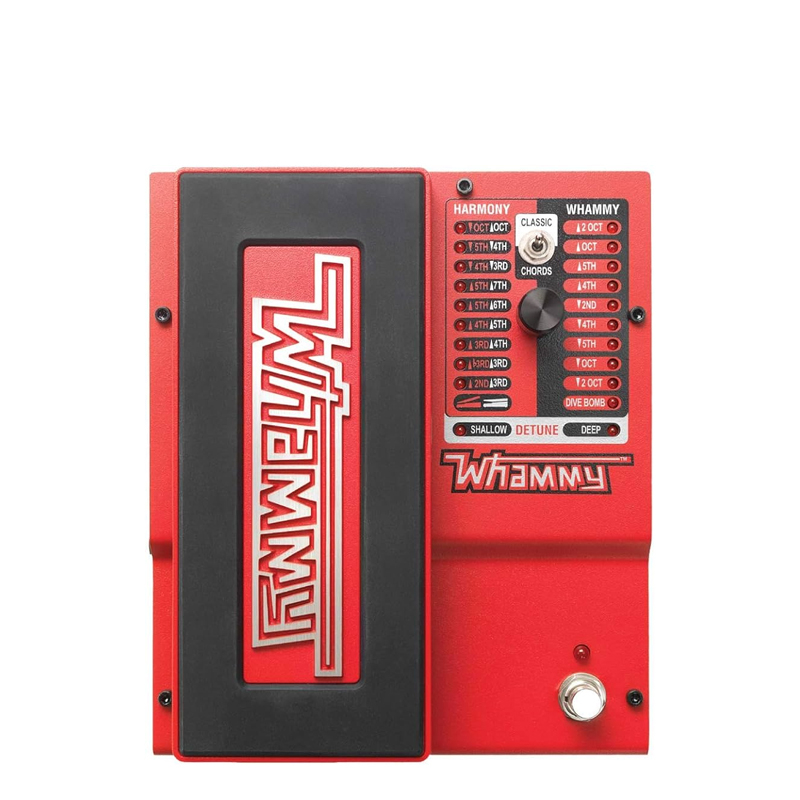
Probably one of the most iconic guitar pedals of all time, the Digitech Whammy V is way more than just an octave pedal. Of course, it’ll do traditional octave up-and-down sounds, but you can also add specific note intervals for harmonized guitar lines, and use the expression pedal for some crazy-sounding octave sweeps.
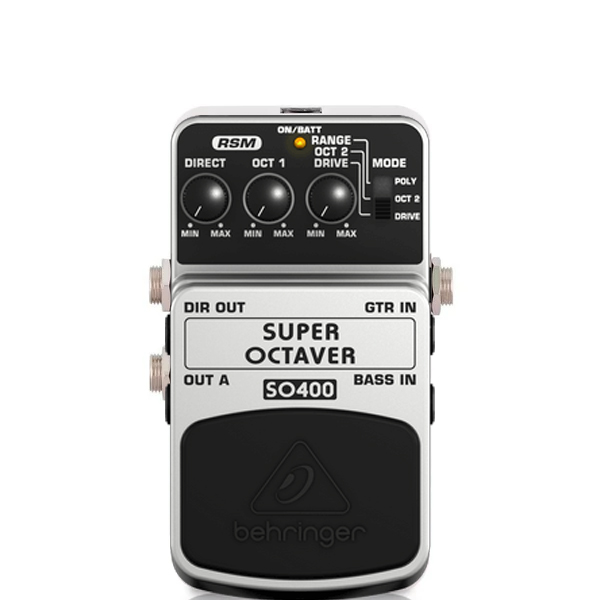
It’s crazy to think that for around the same cost as a three-pack of strings, you can also add a solid octaver to your pedalboard. Behringer’s Ultra Octaver is part of its line of budget ‘board boxes, delivering fat riffs and wailing leads for less.
Best overall
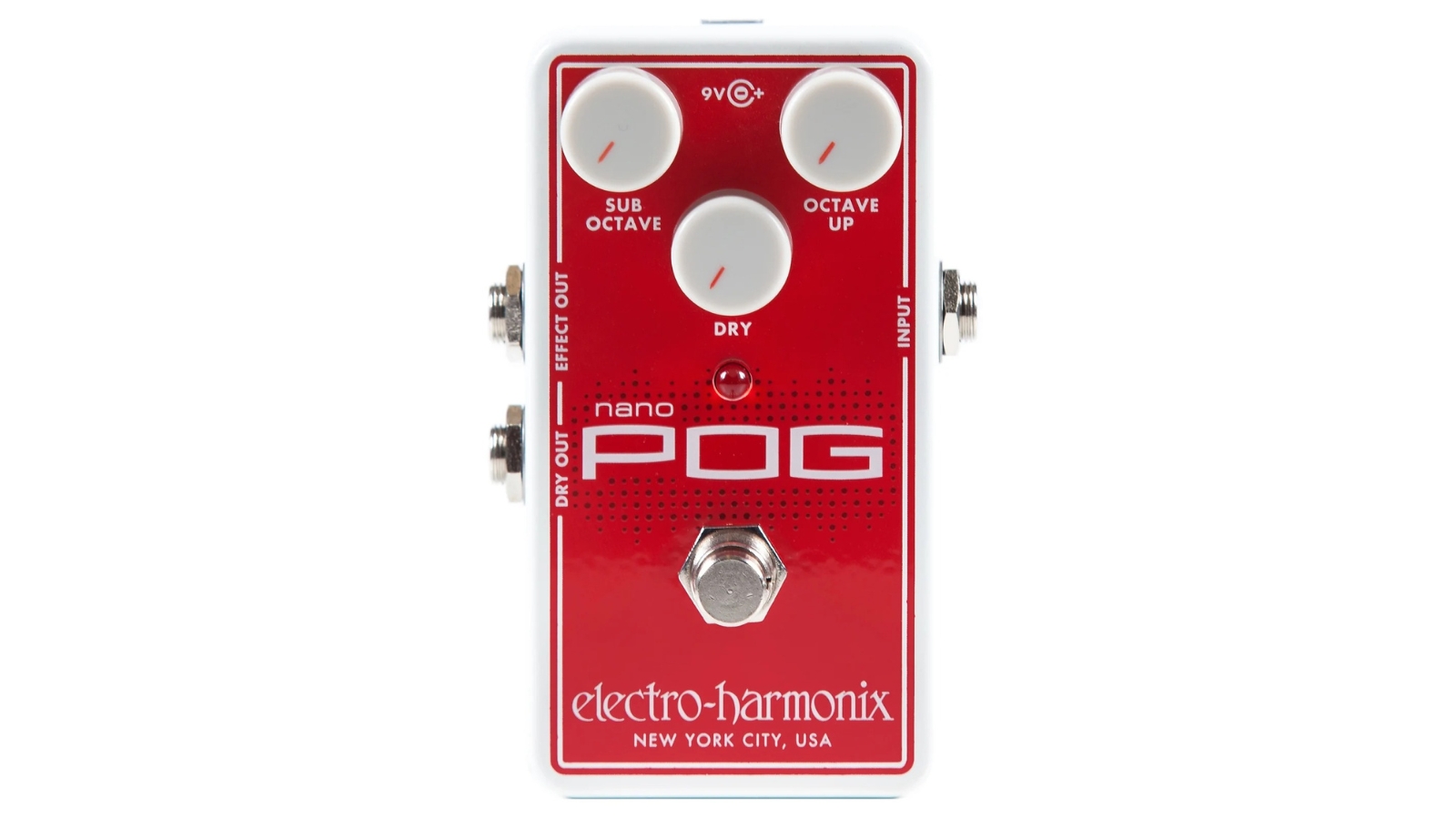
1. Electro-Harmonix Nano POG
Our expert review:
Specifications
Reasons to buy
Reasons to avoid
✅ Buy if you want excellent tracking: The EHX Nano POG is a standout pedal known for its exceptional tracking and the clean octaves it produces.
❌ Avoid if you need pitch bends: If you want to experiment with pitch shifting, we'd recommend the DigiTech Whammy.
The Electro Harmonix Nano POG may be small but be warned, there are some massive guitar tones in this little box. Utilized by Johnny Greenwood, Joe Bonamassa, and Steven Wilson, this small-scale version of the POG is perfect for busy ‘boards.
You get both a low and high octave, so Royal Blood-style heavy riffing and Jack White-esque pitched-up solos are all within grasp. It also tracks remarkably well, dealing with complex chords to give you an organ-like tone, as well as blending well with other effects in your chain.
We’ve had one of these on our ‘board for years now, and it’s easily withstood the rigors of the constant gigging. The dry-out means it’s super-flexible in complex signal chains too, as well as allowing you to run a dual amp setup à la Royal Blood.
Best for pitch bends

2. Digitech Whammy V
Our expert review:
Specifications
Reasons to buy
Reasons to avoid
✅ Buy if you want an expressive octave: The dive bomb functionality makes this easily one of the most expressive octaves on the market.
❌ Avoid if you don't need pitch bends: If you are seeking a standard octave, then there are better and more affordable options available.
The Digitech Whammy V is an icon of the guitar world and so much more than just an octave pedal. It’s a staple of guitar legends like Tom Morello and Matt Bellamy, both of whom utilized the expression pedal to great effect, adding wild swoops and dives to their riffs and solos.
The Whammy gives you two full octaves below and above your regular guitar sound, making it incredibly versatile. You can also use it as a harmonizer, adding in a fifth to beef up those riffs and solos, as well as utilizing more esoteric intervals like a third or a 7th.
It’s a big pedal, so you’ll need plenty of room to fit it on your board. But we found the expression pedal more than makes up for any sacrifices you’ll have to make for the sake of real estate, as it adds so much potential for creativity to your guitar playing.
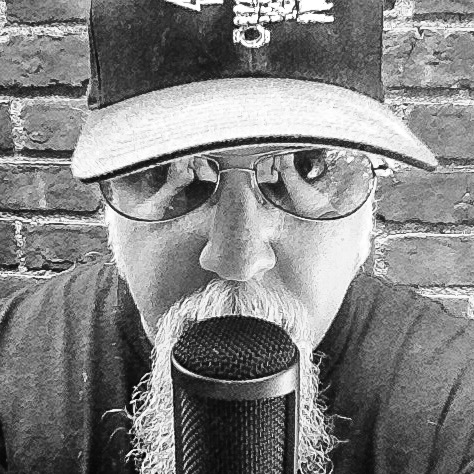
"The fifth-generation Whammy accurately duplicates the original Whammy’s quirks and qualities while providing new features and effects that undeniably make it DigiTech’s best Whammy pedal ever."
Read my full Digitech Whammy review
Best budget
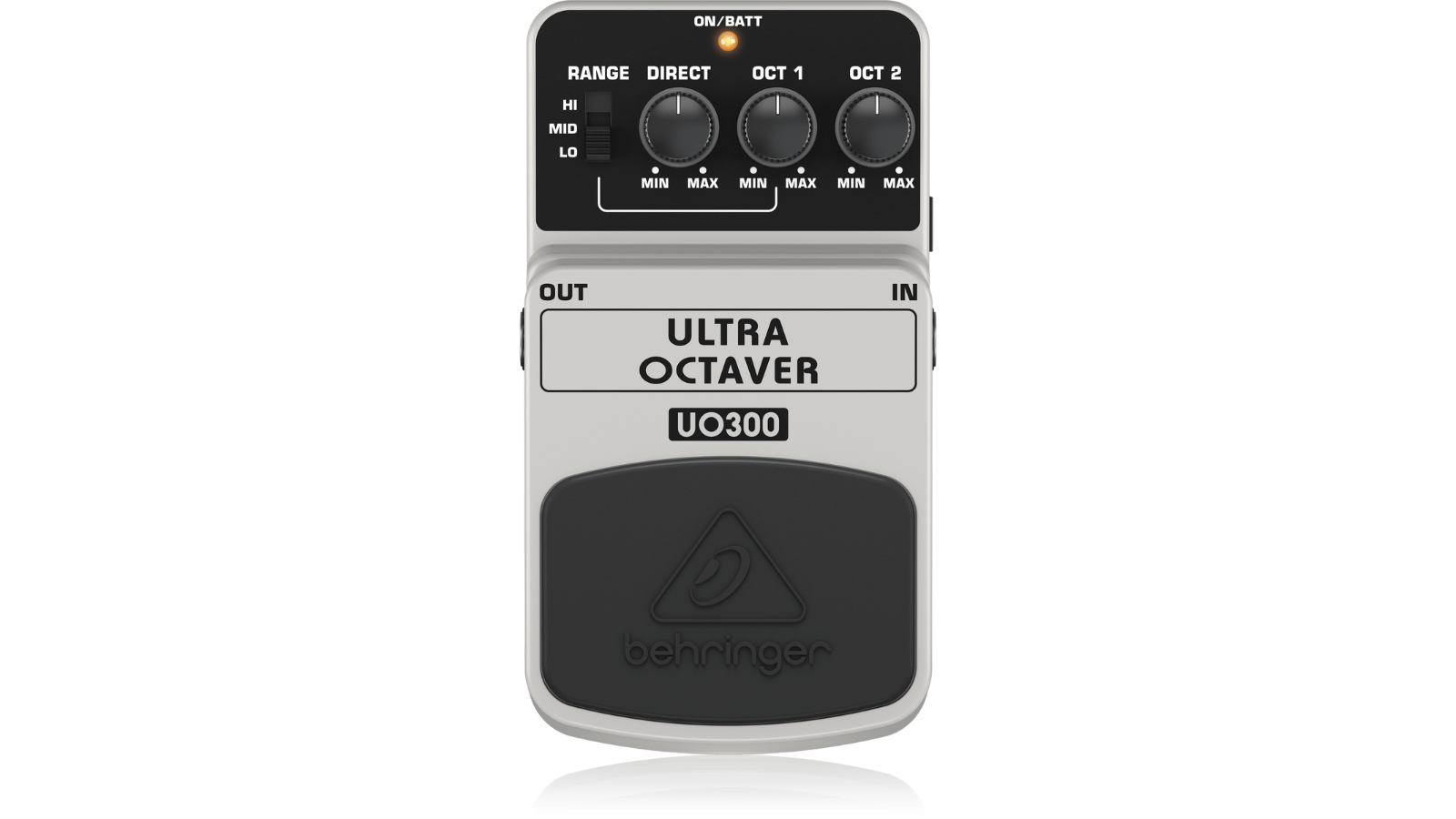
3. Behringer UO300 Ultra Octaver
Our expert review:
Specifications
Reasons to buy
Reasons to avoid
✅ Buy if you are on a tight budget: Truth be told, octave pedals don't come much cheaper than this.
❌ Avoid if you are gigging: This pedal may be affordable, but it isn't the most robust.
It’s crazy to think that for around the same cost as a three-pack of strings, you can also add a solid octaver to your pedalboard. Behringer’s Ultra Octaver is part of its line of budget ‘board boxes, delivering fat riffs and wailing leads for less.
Allegedly a clone of the Boss OC-3, the Ultra Octaver features two octave voices with individual controls to dial in each. It copes with single notes particularly well and will stretch to power chords dependent on the settings, but anything more complex than that can result in artifacts.
We’re not going to knock it for that though because for the money it does an incredible job of beefing up your guitar tone. A voice switch allows you to use it with both bass and guitar, adjusting the pedal’s response to suit the particular tonalities of each instrument.
Best for bass
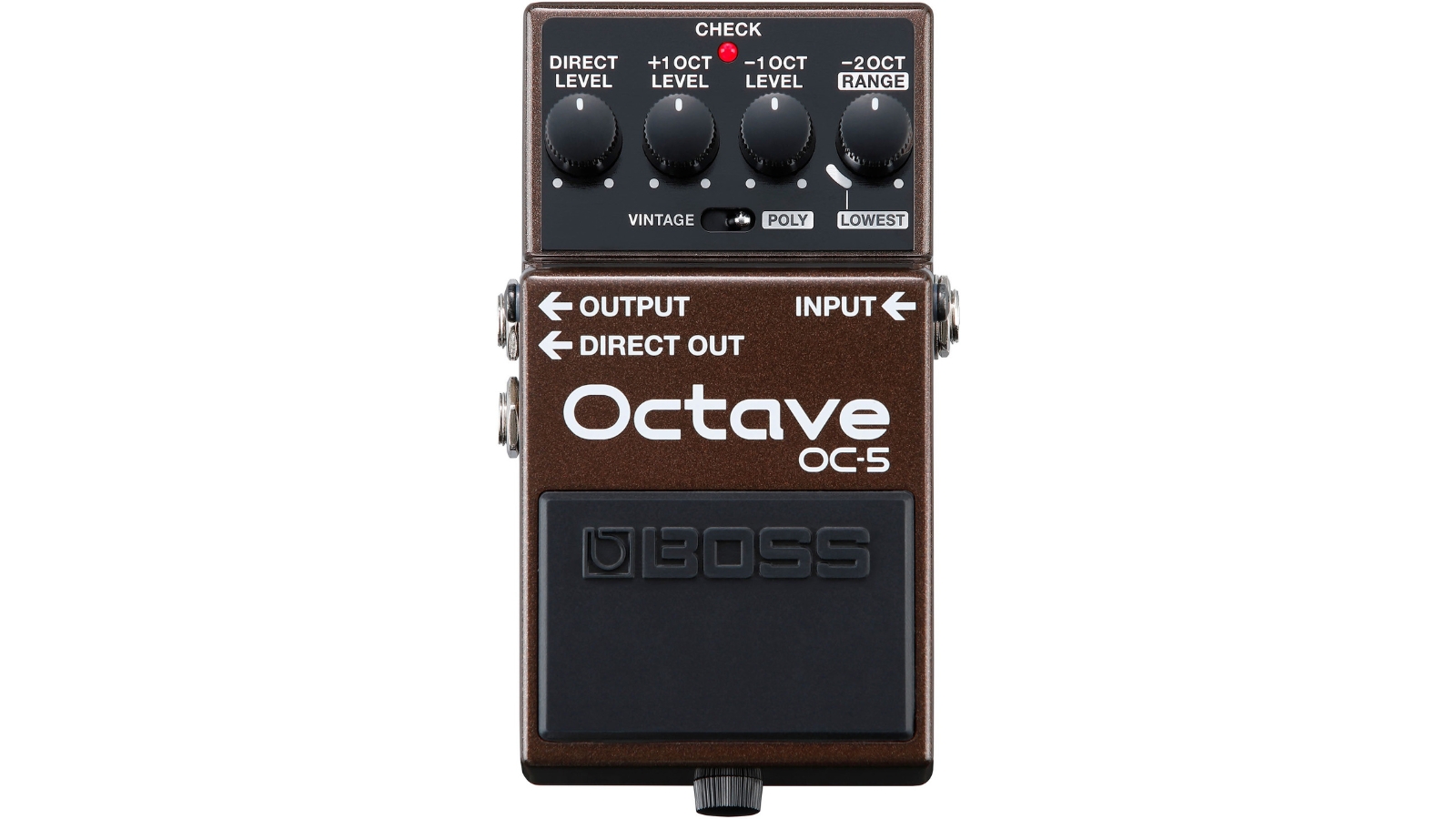
Specifications
Reasons to buy
Reasons to avoid
✅ Buy if you play bass: The OC is a classic stomp in the world of bass and a must-have in our opinion.
❌ Avoid if you won't use the OC-2 mode: If you don't think you'll use the vintage mode, we'd recommend going for the EHX POG.
There are some intriguing features in the Boss OC-5 Octave, so much so that many guitar players are replacing traditional favorites with one of these brown bad boys. The original Boss OC-2 was loved by guitar and bass players alike, and this iteration keeps all that was good about it whilst adding some extra versatility.
The OC-5 has two modes for you to play with, vintage and poly. Vintage mode recreates the mono sound of the original OC-2, which means it’s great for single note lines, but gets confused if you try and add chords into the mix. Switch to Poly and you get a more modern octave sound, tracking excellently no matter how complex your chords are.
One of the most interesting features of this pedal though is the range mode. Dependent on how you set the knob, the pedal will only add the octave to the lowest notes that you play, meaning you can keep things hefty when riffing hard, without having to add any notes to your chord stabs or lead work in the higher register.
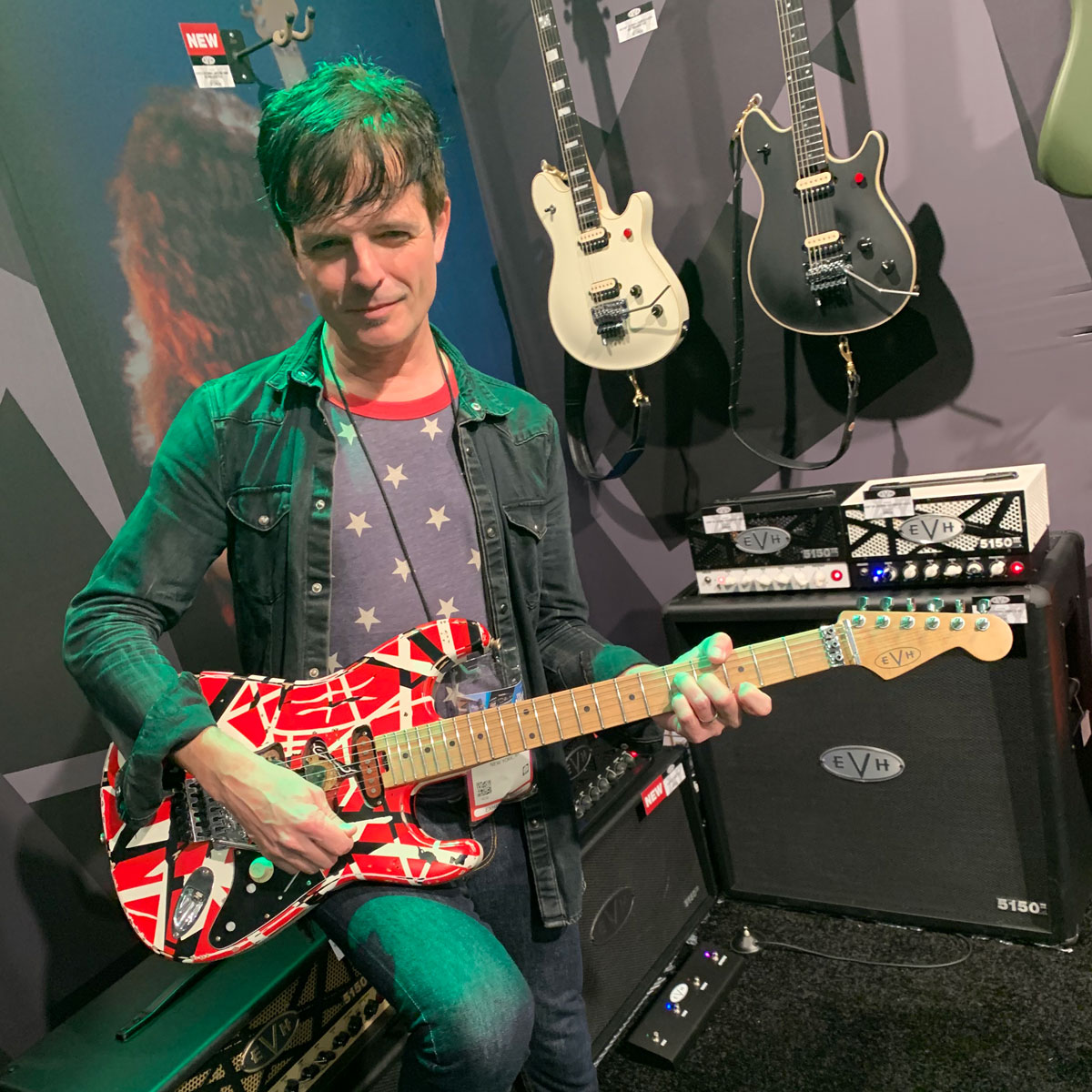
"For too long, the OC series has been the unsung hero in the Boss catalogue. For compact octave effects, it's unbeatable. It handles the conventional octave functions with ease, and in poly mode, there's some quasi-synth textures to discover."
Read my full Boss OC-5 review
Best for simplicity
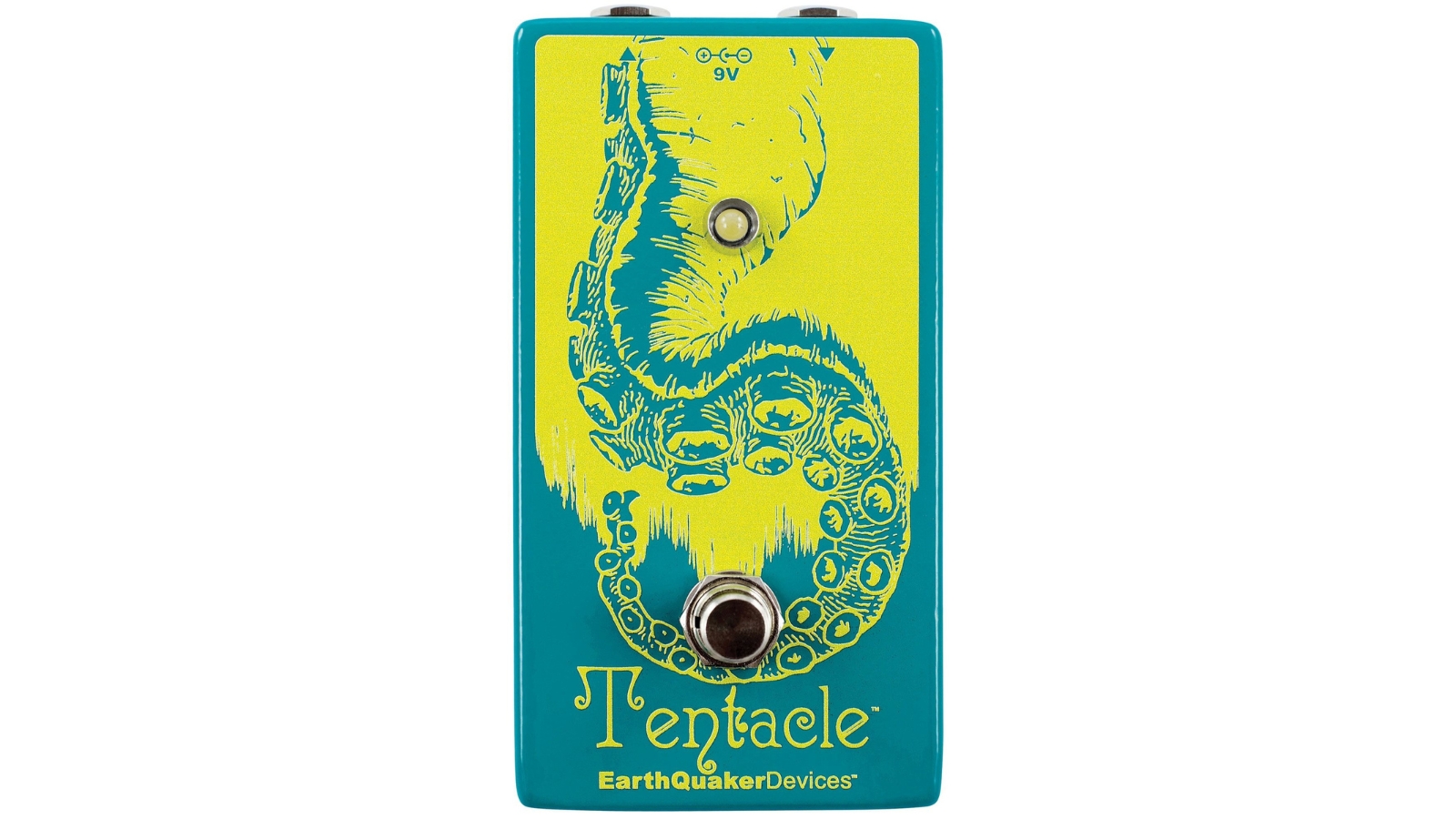
5. Earthquaker Devices Tentacle
Our expert review:
Specifications
Reasons to buy
Reasons to avoid
✅ Buy if you want it simple: No controls, no options, just a simple octave.
❌ Avoid if you need tonal control: If you want complete control over your effects, this isn't the pedal for you.
If you’re the kind of player that breaks out in a sweat when you’re presented with too many knobs, then you’ll love the Earthquaker Devices Tentacle. It has zero knobs, just a footswitch, and a super cool graphic design so less time tweaking and more time rocking!
Taking the all-analog circuit from the popular EQD Hoof Reaper Fuzz, this pedal gives you all those classic octave sounds utilized by Hendrix and Page with a minimum of fuss. Think of the solo from ‘Purple Haze’ and that’s this pedal in a nutshell.
It also has a super cool momentary/latching dual switch. Press once to have the effect stay on, or hold your foot down on the switch, play, and then when you release it the effect will switch off. It may be simple but it certainly gets the job done.
Best for metal
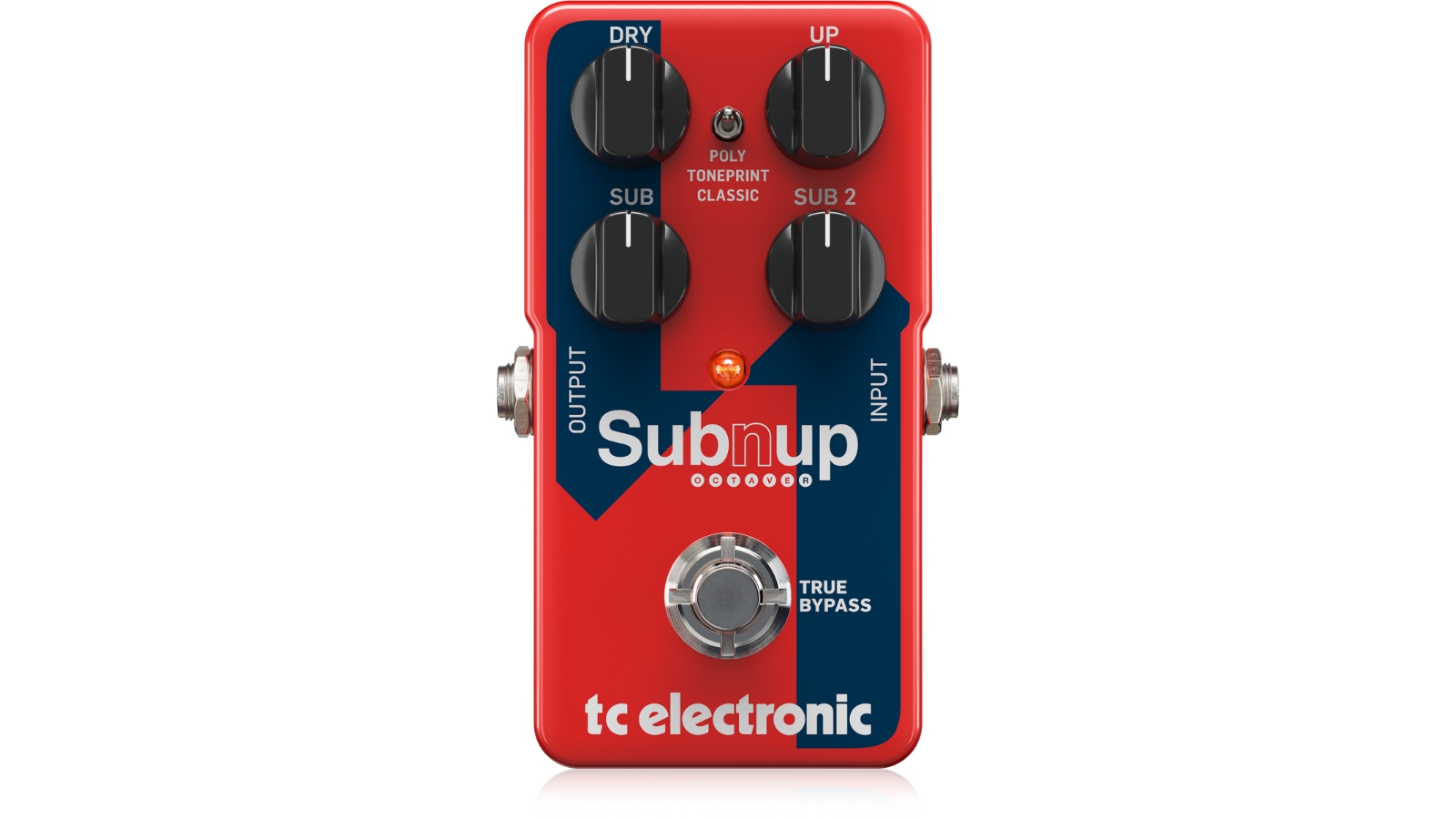
6. TC Electronic Sub ‘N’ Up
Our expert review:
Specifications
Reasons to buy
Reasons to avoid
✅ Buy if you use down-tuned guitars: The tracking is excellent on this pedal, especially for heavy metal guitars.
❌ Avoid if you need a dry out: Unfortunately, there is no dry output for splitting your octave and unaffected signal.
TC Electronic’s Sub ‘N’ Up gives you a lot of options for the money, with three octave sounds and three modes for you to play around with. So if you’re looking for an octave pedal on a budget then this one ticks a lot of boxes.
With individual knobs for each octave effect, plus one for your dry signal you’ve got a lot of flexibility in dialing in your perfect tone. It track’s incredibly well too and even with the low thump of the two octave down setting, still manages to feel really musical with chords and arpeggios.
Three mode switches mean you can get that classic octave glitch sound if you want it, whilst the TonePrint mode enables you to download custom artist presets or even create your own signature sound. With this much versatility and this price point, the Sub ‘N’ Up makes a solid case for the best budget octave pedal.

"Whether I’m blending in one or two octaves below, the Sub ‘n’ Up’s amazingly clear response and detailed tracking pumps out dense bass tones with massive body."
Read my full TC Electronic Sub ‘N’ Up review
Best octave fuzz
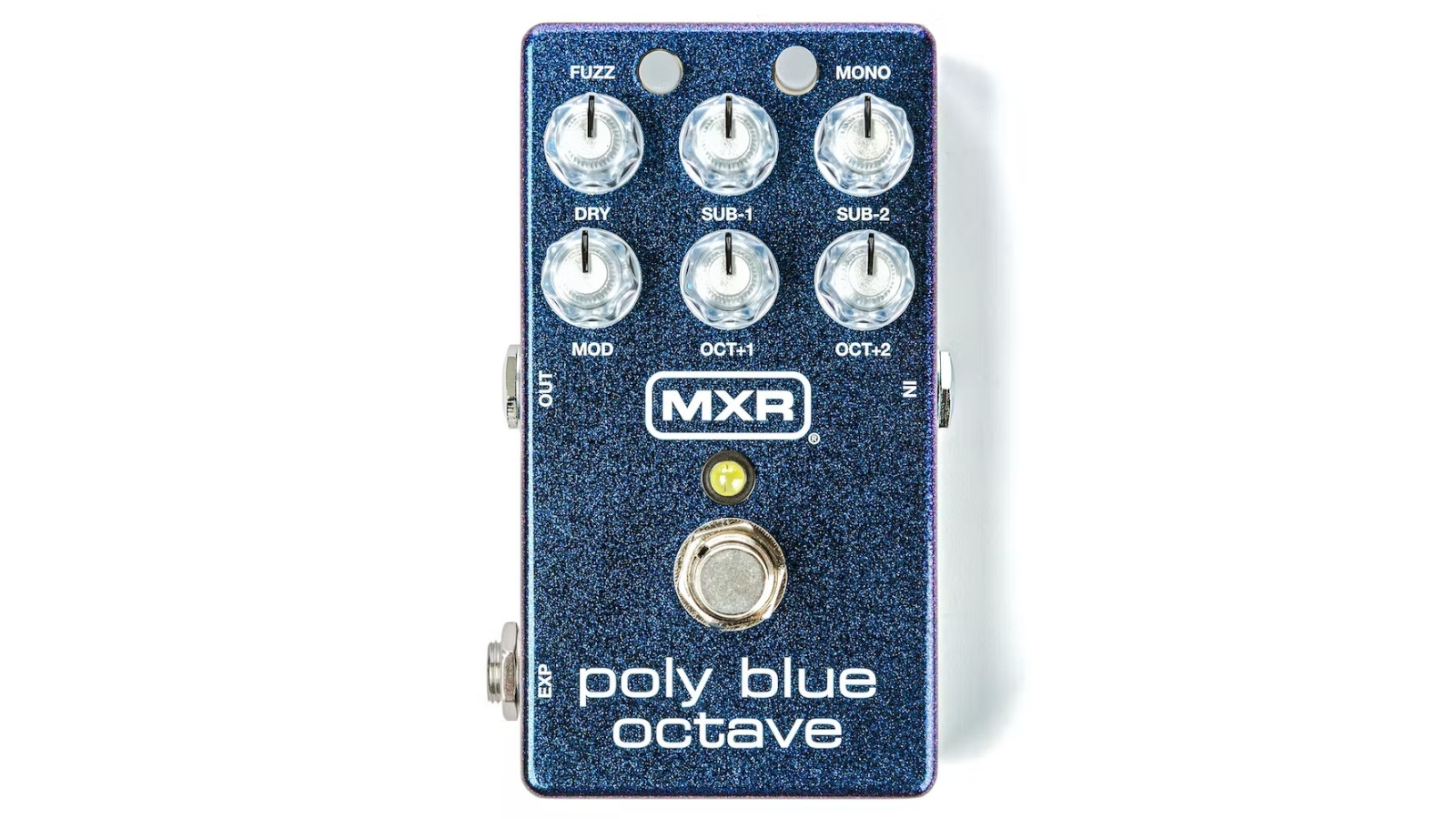
7. MXR Poly Blue
Our expert review:
Specifications
Reasons to buy
Reasons to avoid
✅ Buy if you want fuzz: This MXR pedal's built-in fuzz and modulation are excellent.
❌ Avoid if you like things simple: This stomp has a lot of tonal control, which could be too much for some.
If you want a load of different sounds in a single octave pedal, then the MXR Poly Blue might just tickle your fancy. The original Blue Box was one of the earliest pedals MXR manufactured and has been a staple of their lineup since – but this pedal does so much more than the original.
You get a full two octaves each way, and they all have their own knob so you add just the right amount of sound that you want. A dry knob allows you to mix in your original signal whilst the modulation knob gives you some extra warble, great for when you want your guitar to sound like an organ or a 12-string.
One of the best features is the built-in fuzz. It’s rich and intense, and when combined with the sub -2 knob puts you into blowing speaker's territory. The expression input adds a further creative tool to your arsenal, allowing you to control the rate of modulation, fade in octaves, or just switch the fuzz on and off.
Best mini octave
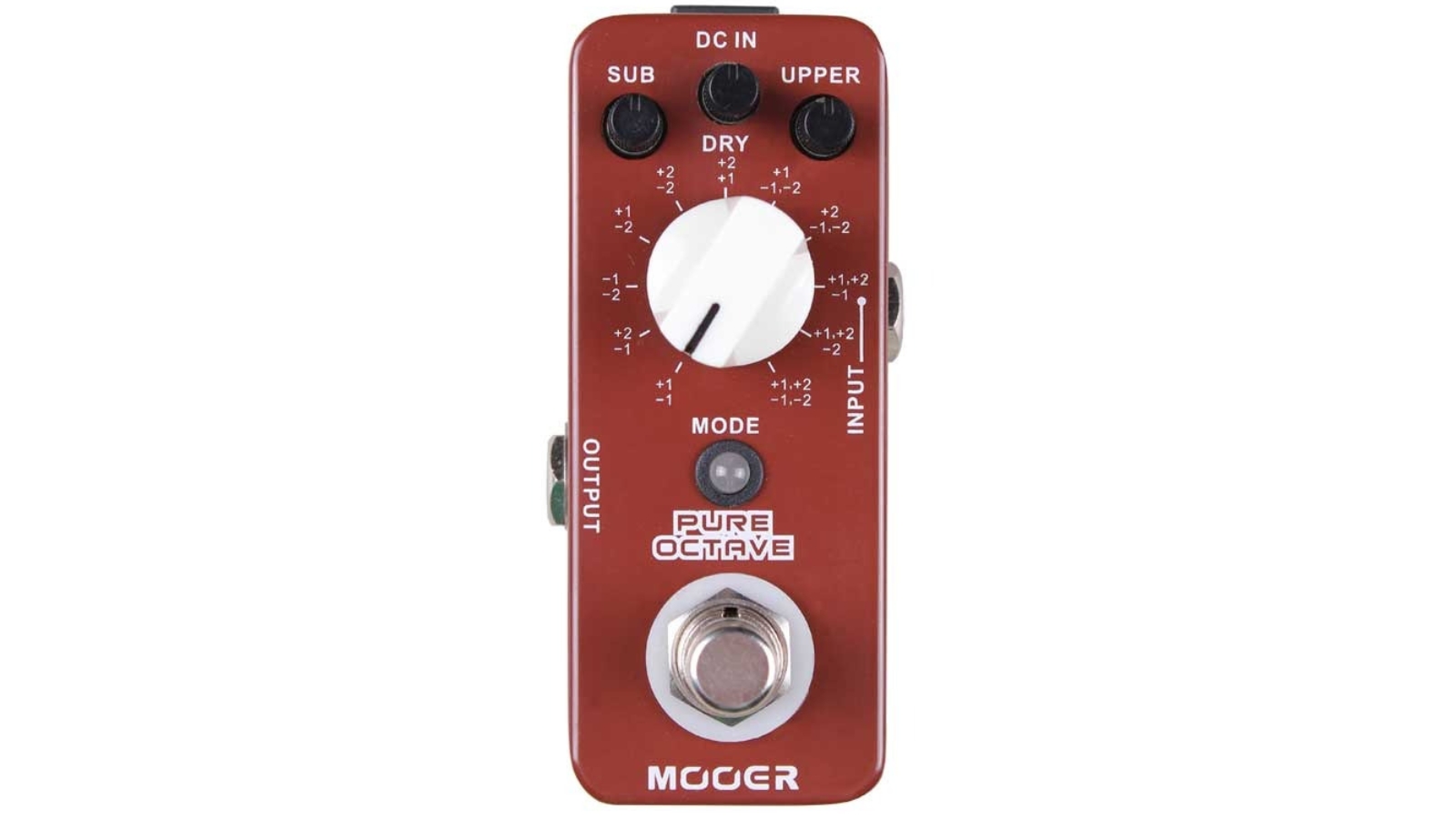
8. Mooer Pure Octave
Our expert review:
Specifications
Reasons to buy
Reasons to avoid
✅ Buy if you need to save space: This unit is the smallest we've found and ideal for overstocked 'boards.
❌ Avoid if you need a robust pedal: This pedal sits at the more affordable end of the spectrum and isn't the most sturdy.
Despite being the smallest pedal on this list, the Mooer Pure Octave manages to fit in four octave voices whilst still keeping the price sub $/£100. For pure value for money, that makes it a hard one to beat.
This pedal excels in single-note tracking, making light work of bluesy lead guitar and chunky rock riffing. It tracks reasonably well with chords, but you’ll need to tweak settings and adjust your playing style in some instances to avoid glitching out here and there.
The large rotary knob in the center gives you all your octave options which can be a little disconcerting to read at first but helps keep the pedal footprint down to a minimum. There are two octave controls that handle the volume of both low voices and both high voices respectively, as well as a dry control to blend your original and octave voices to your taste.
Best tracking
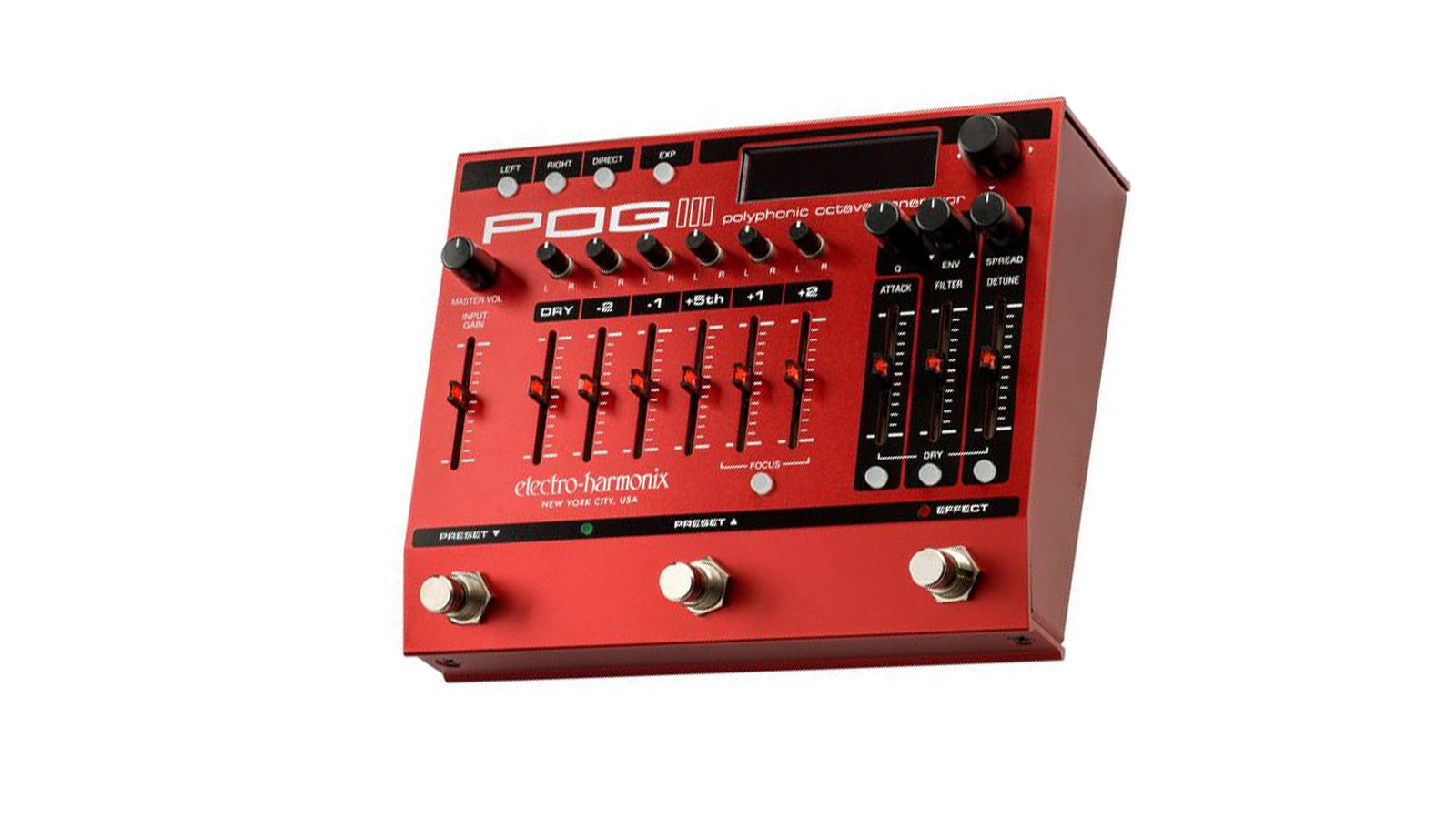
9. Electro-Harmonix POG 3
Our expert review:
Specifications
Reasons to buy
Reasons to avoid
✅ Buy if you need the best tracking: You'll be hard-pushed to find better tracking in an octave pedal.
❌ Avoid if you like things simple: This stomp has a lot of tonal control, which could be too much for some.
The flagship EHX POG, POG 2 and now POG 3 are the gold standard in modern octave pedals. The POG 3 continues this, offering fine-grained control over the octaves, mix, and a slew of connectivity options. In doing so, the POG 3 keeps the best parts of its ancestors while turbo-charging the preset functionality.
Beyond that, there's control over the attack, a filter and even a detune that allows you to create doubler-like effects. The combination of these three means you can push the timbre of your guitar even further into synthesizer territory. These features are likely to be of equal interest to bass players, given their interest in classic units like the EHX Micro Synth.
The tracking is as good as ever and for power users it's even expandable with expression footswitches to allow it to operate as a dynamic pitch shifter.

"If you like what a POG does, you’ll love this! Taking things to a new level, this is sonic wizardry at its finest for those looking to get creative with sound."
Read my full Electro-Harmonix POG 3 review
FAQs
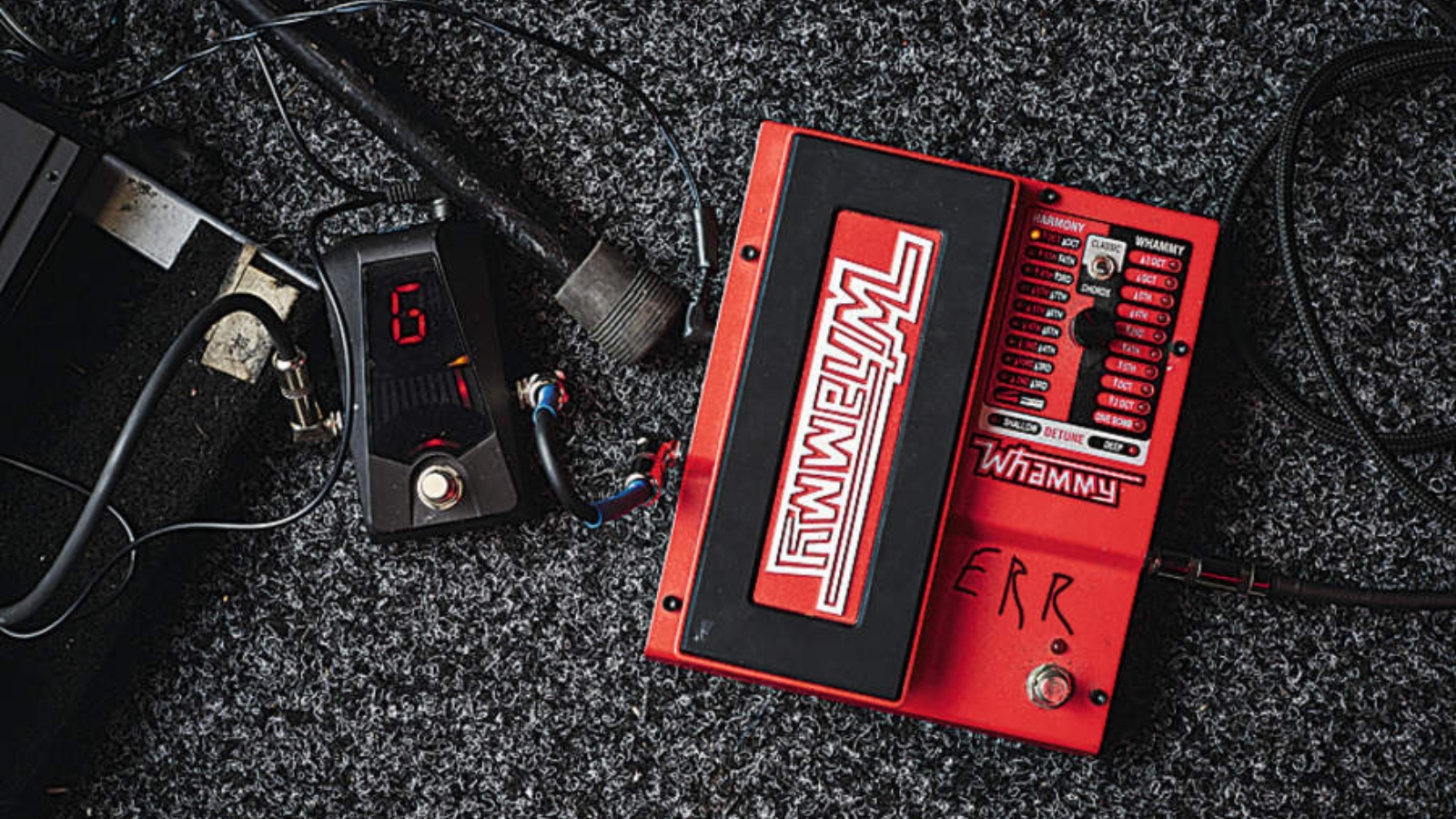
If you've not yet tried an octave pedal, then you're about to see why a pedal board can feel incomplete without one. Some players can't live without several, both to fatten up low-end for heavy riffs or to add sparkly upper octaves to leads. Having access to a wider range will sharpen your songwriting and sound-design chops, while the extra timbres could change your sonic palette for good.
Before rushing out to buy one, there are some key considerations. The first is whether it's analog or digital, the second is how it tracks, the third is what octave intervals are available, and the fourth is whether it has pitch shifting or additional modes. Finally, aside from the spec sheet, there's the matter of taste. Every pedal is voiced differently, and you'll have to try several to see what works for you.
How does an octave pedal work?
Octave pedals work differently depending on whether they are analog or digital. Taking the technical details out of the picture, they create an artificial note from the fundamental, or original, note you play, at a target pitch. On an octave pedal, that target pitch will be some number of octaves above or below your original note.
Octave pedals often have a mix control, especially analog units, since the fundamental note is more clearly defined. Some octave pedals will allow for multiple octaves at once, allowing you to, for example, have an octave above and below simultaneously. This can create sounds like synthesizer organ tones, or, at a push, something 12-string-like.
Typically, analog octave pedals are strictly monophonic – they will only shift one note cleanly. Early pitch-shifting pedals and digital octaves were similarly limited to one note. Modern pedals, however, are often able to handle polyphonic input – that is, chords.
What is the difference between an octave pedal and a pitch shifter pedal?
As the name suggests, an octave pedal adds harmonies to your signal at octave intervals, either above or below the fundamental, whereas pitch shifter pedals can change the pitch to many different intervals, not just octaves. Pitch shifters are invariably digital, and the most famous is the venerable Digitech Whammy.
The practical upshot here is versatility. When combined with a mix control, a pitch shifter pedal generates a blend of the fundamental note and the harmony, shifted, or target note. Thus, a pitch shifter pedal can be used as an octave pedal, but not vice-versa. Additionally, a pitch shifter pedal will often have an expression control, either a momentary footswitch for so-called 'ballistic' pitch changes, or a rocker pedal, like that you'd find on a wah.
The final difference between the two is voicing. Analog octave pedals have a distinct, fuzzy, crunchy tone when harmonizing down, and a ring-modulated tone when harmonizing up. Neither sounds exactly like a 'true' note, though lower octaves are clearer. Digital pitch shifters generate their own distinctive, glitchy artifacts, especially when shifting up. Modern pitch shifters are cleaner, but there's usually still some 'warble'. This is why they pair well with fuzz or distortion, which blends the fundamental and shifted note together more seamlessly.
What is octave pedal tracking?
One of the biggest signals of an octave pedal’s quality is its ability to accurately track your playing. As these types of pedals digitally pitch your guitar’s tone up or down, and the guitar is a harmonically complex instrument, sometimes they don’t quite get it right. This results in glitches or artifacts and happens on even the most expensive pedals when you start introducing complex chords.
Notes interact with each other in different ways, so it’s not yet possible to algorithmically recreate things perfectly, but a lot of the pedals here do a phenomenal job, and you’ll have to push them pretty hard to get to this stage. For a subset of players, the glitching type sound can be desirable, as it lends a very noisy, electronic quality to the guitar.
Another factor in tracking is the timing. Typically in octave pedals, there’s a slight delay between your dry guitar sound and octave guitar sound due to the signal processing required. This will only be a few milliseconds for the most part but can be a deal breaker depending on the type of music that you want to play.
Where does my octave pedal go in the chain?
It’s almost always best to have an octave pedal as your first in the chain. This is because you want a clean signal going straight in to ensure the best note reproduction possible. However, as with all things signal chain related, this is not a rule. A lot of players gained satisfying results placing fuzz pedals before octaves, as well as clean boost pedals to ensure a strong signal going in, so play around with the placement, and you might be surprised at what you come up with!
How we test
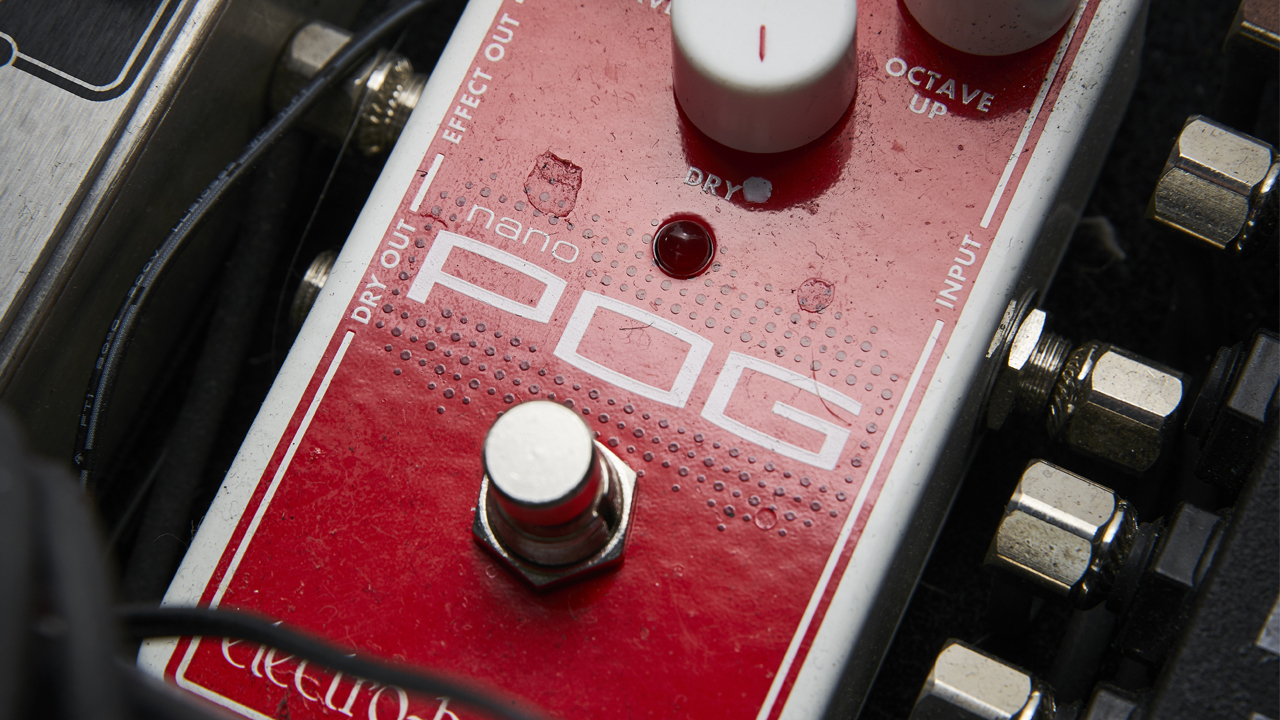
At Guitar World, our team consists of seasoned musicians who have played and tested numerous guitar products, including countless octave pedals over the years. As avid guitar enthusiasts, we understand the importance of achieving the right sound and tone, and we rely on our extensive experience using these products in live performances, studio recordings, and rehearsals to identify the very best products in our guides.
When we evaluate guitar pedals, our first step is to assess the enclosure's quality, examining its sturdiness and durability. Since these are pedals that receive heavy use, we need to ensure they can withstand the wear and tear of repeated stomping and life on the road.
Next, we shift our attention to the moving parts, like footswitches, expression pedals, and knobs verifying that they're reliable and smooth to operate. Additionally, we evaluate their accessibility and layout, as many pedals feature a wealth of different controls. This test is critical since the last thing anyone wants is to struggle with their equipment while performing.
Once we've examined the pedals' physical attributes, we begin to assess them sonically, starting with the onboard presets. We listen closely to the sound that they're intended to create, rating them on their authenticity. Next, we test how user-friendly the interface is by creating our own sounds. We'll use them at home, in the practice room, and live to ensure we get a full understanding of how each piece of gear reacts in real-world scenarios.
Finally, if the pedal offers any additional features, such as an accompanying app, MIDI in/out, or FX loop, we will explore them to ensure we have evaluated every feature on the pedal.
Find out more about how we make our recommendations and how we test each of the products in our buyer's guides.
Why trust us?
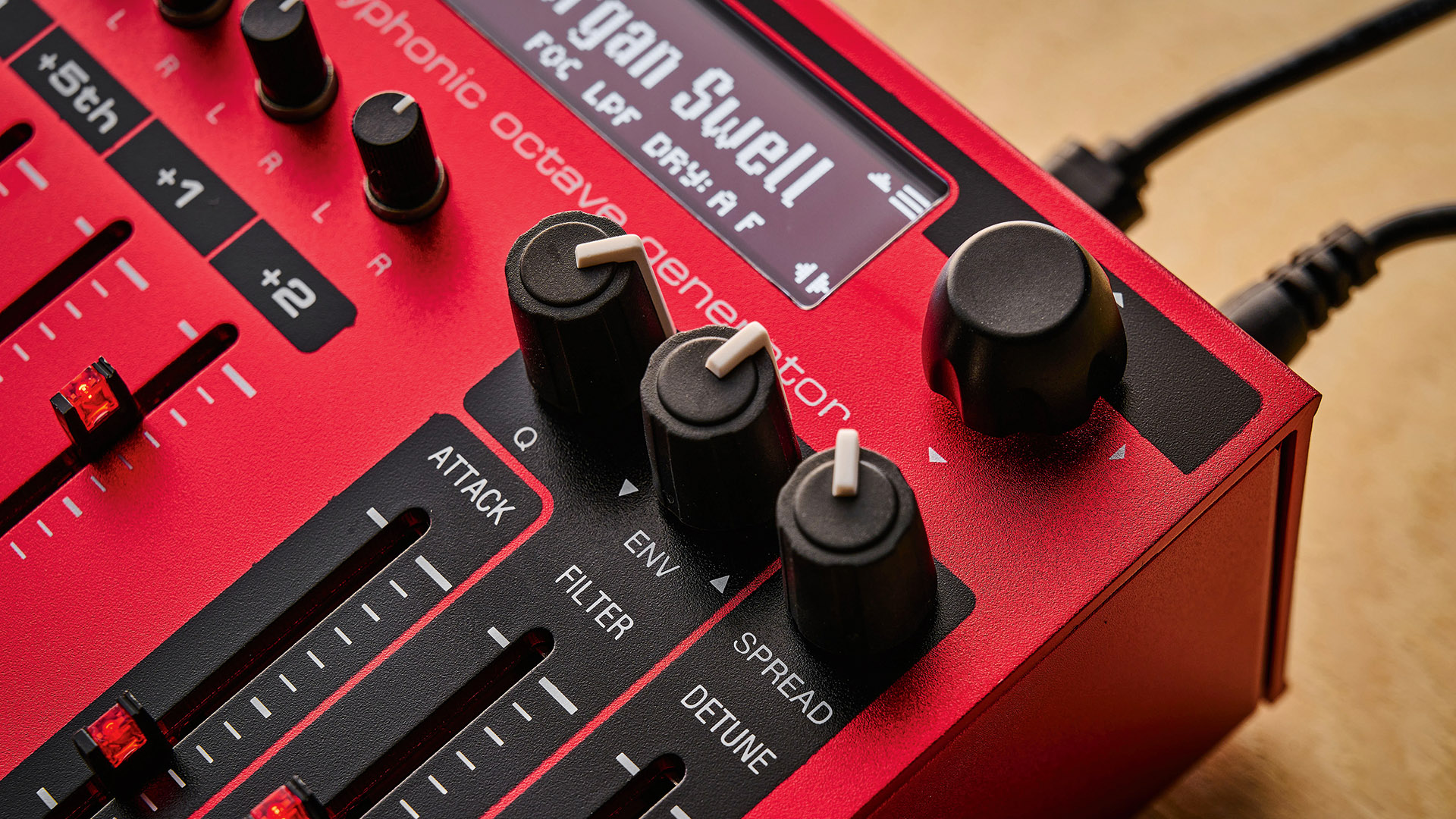
☑️ A global audience of 3.8 million guitarists monthly
☑️ 1,200+ reviews on GuitarWorld.com
☑️ 30+ years of product testing at Guitar World
Guitar World boasts over 44 years of expertise and stands as the ultimate authority on all things related to guitars. The magazine and website feature expertly written gear round-ups and top-quality, authoritative reviews penned by a team of highly experienced industry professionals.
Guitar World's inaugural print issue hit the shelves in July 1980, and ever since, it has been captivating players and enthusiasts with engaging lessons, insightful interviews with the biggest guitar heroes, and priceless buying advice for newbie players.
Furthermore, GuitarWorld.com continues this legacy online and serves as the hub of the world's foremost authorities on guitar playing. The site not only hosts content from Guitar World but also showcases articles from respected publications such as Guitarist, Total Guitar, Guitar Techniques, and Bass Player. With a reach extending to 3.8 million players each month, GuitarWorld.com is a go-to destination for guitar fanatics globally.
Related buyer's guides
You can trust Guitar World
- Enjoy great sounds for less with the best budget guitar amps under $500
- And these are the best amp modelers for guitarists
- Get your stompbox sounding top-notch with the best amps for pedals
- From analog to digital, these are the best chorus pedals
- Stuck for space? Check out the best mini-pedals
- Or power up your 'board with the best pedalboard power supplies
- Upgrade your tone with the best impulse response loaders
Get The Pick Newsletter
All the latest guitar news, interviews, lessons, reviews, deals and more, direct to your inbox!

Matt is a Junior Deals Writer here at Guitar World. He regularly tests and reviews music gear with a focus on guitars, amps, pedals, modelers, and pretty much anything else guitar-related. Matt worked in music retail for 5 years at Dawsons Music and Northwest Guitars and has written for various music sites including MusicRadar, Guitar Player, Guitar.com, Ultimate Guitar, and Thomann’s t.blog. A regularly gigging guitarist with over 20 years of experience playing live and writing and recording in bands, he's performed everything from jazz to djent, gigging all over the country in more dingy venues than you can shake a drop-tuned guitar at.
“The original Jordan Boss Tone was probably used by four out of five garage bands in the late ’60s”: Unpacking the gnarly magic of the Jordan Boss Tone – an actual guitar plug-in that delivers Dan Auerbach-approved fuzz
“This is a powerhouse of a stompbox that manages to keep things simple while offering endless inspiration”: Strymon EC-1 Single Head dTape Echo pedal review
